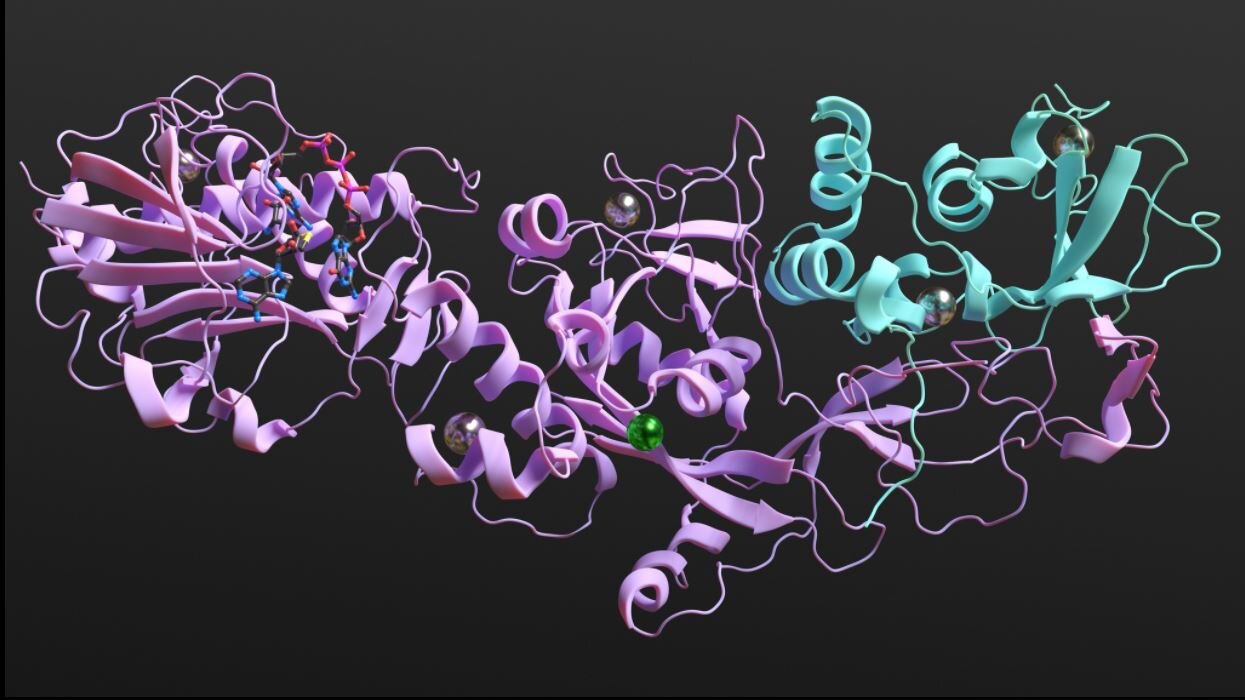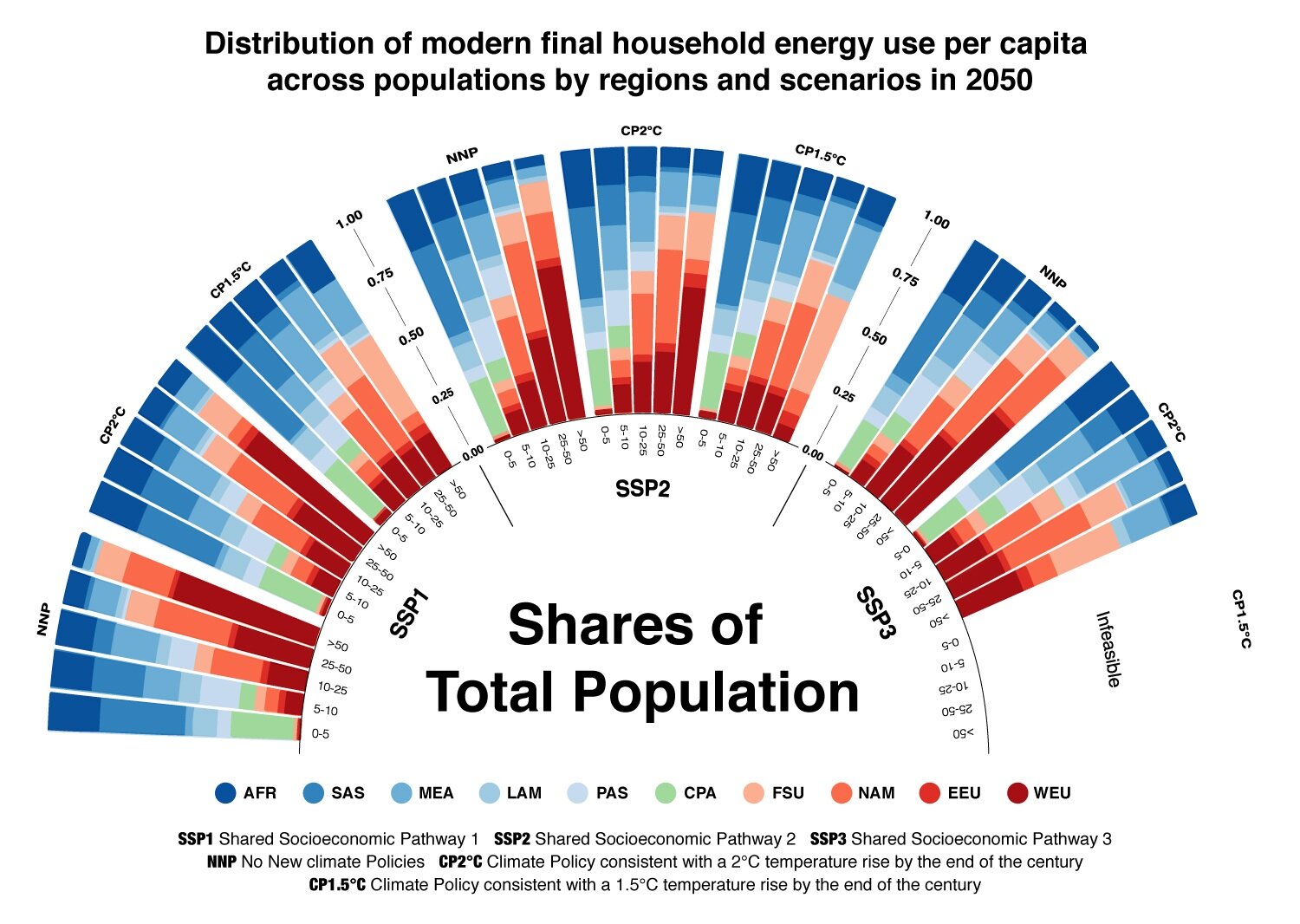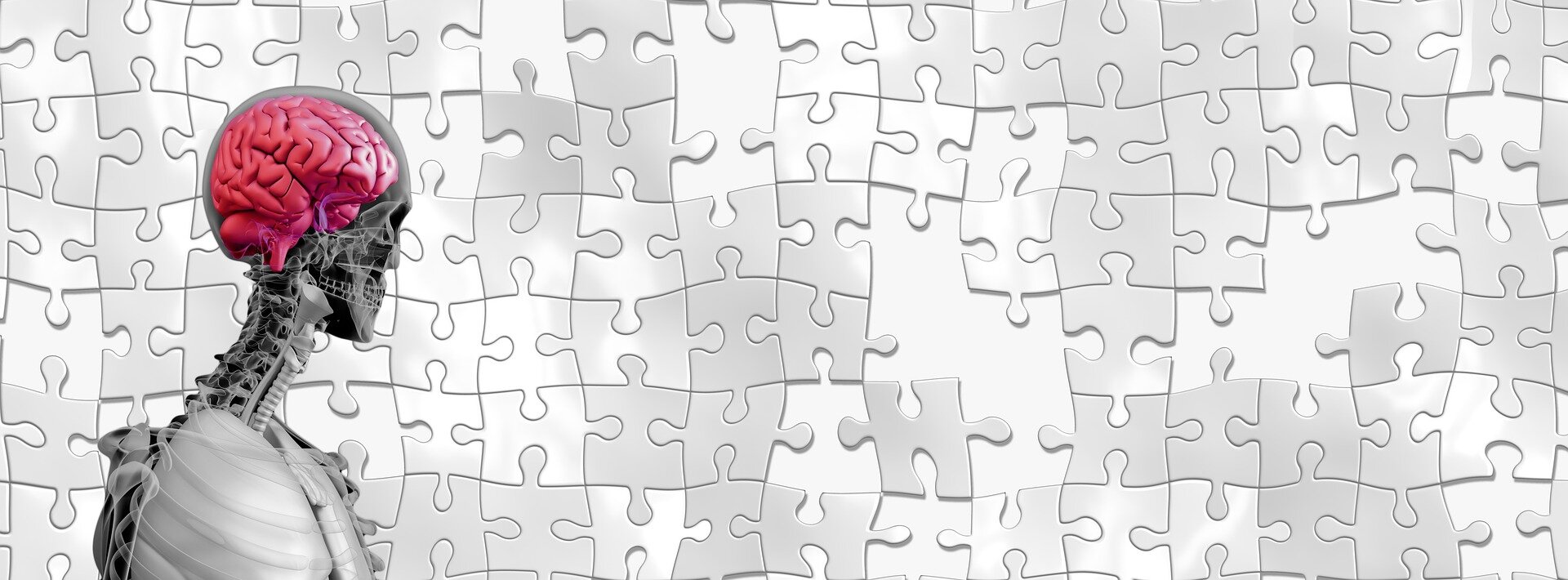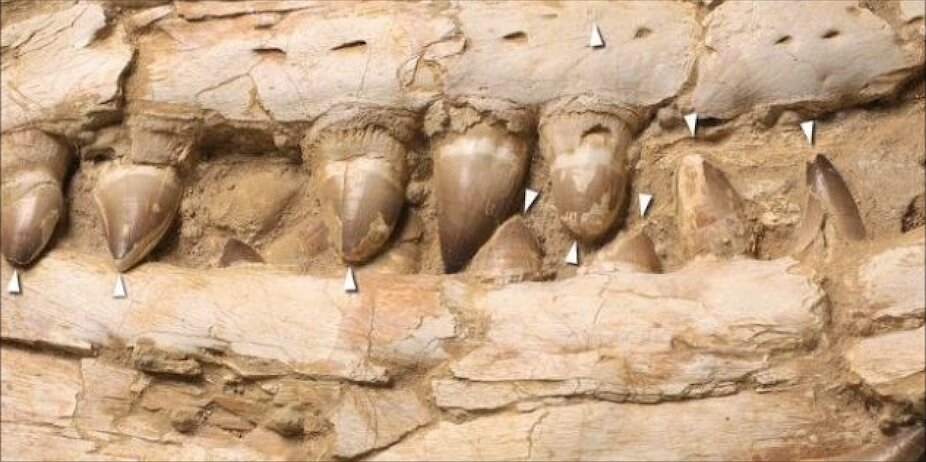#’Silencing’ protein to weaken COVID-19

“#’Silencing’ protein to weaken COVID-19”
by Instituto de Tecnologia Química e Biológica António Xavier da Universidade NOVA de Lisboa ITQB NOVA </p><div>
<div class="article-gallery lightGallery">
<div data-thumb="https://scx1.b-cdn.net/csz/news/tmb/2021/silencingpro.jpg" data-src="https://scx2.b-cdn.net/gfx/news/2021/silencingpro.jpg" data-sub-html="Interfering with nsp14 binding and with the nsp10-nsp14 protein complex is the aim of the most recent ITQB NOVA research in COVID-19. Credit: ITQB NOVA">
<figure class="article-img"><img src="https://scx1.b-cdn.net/csz/news/800a/2021/silencingpro.jpg" alt="'Silencing' protein to weaken COVID-19" title="Interfering with nsp14 binding and with the nsp10-nsp14 protein complex is the aim of the most recent ITQB NOVA research in COVID-19. Credit: ITQB NOVA" width="800" height="450"/><figcaption class="text-darken text-low-up text-truncate-js text-truncate mt-3">
Interfering with nsp14 binding and with the nsp10-nsp14 protein complex is the aim of the most recent ITQB NOVA research in COVID-19. Credit: ITQB NOVA
</figcaption></figure></div>
When invaded by a virus, our body cells launch an alert to neighboring cells to increase their antiviral defenses to prevent the infection from spreading. Some viruses, however, manage to bypass this system by mimicking the host’s RNA, preventing them from being detected by the infected cell and avoiding this alert. In the case of SARS-CoV-2, this mimicking uses a protein known as nsp14. This protein is also very important for virus multiplication, a task which is facilitated by its binding to the nsp10 protein, resulting in a protein complex. Interfering with nsp14 binding and with the nsp10-nsp14 protein complex is the aim of the most recent ITQB NOVA research in COVID-19, led by researchers Margarida Saramago, Rute Matos and Cecília Arraiano.
The researchers began by performing the biochemical characterization of the nsp10-nsp14 protein complex, a known therapeutic target. “For the first time, it was possible to identify the amino acids which must be targeted in order to silence this complex,” explains Rute Matos. The silencing of nsp14 also “makes it easier for the organism to identify the virus’ messenger RNA and to activate the immune system before it replicates”, adds fellow researcher Margarida Saramago.
The discovery was only possible due to the collaboration between researchers from an experimental RNA laboratory and scientists from the bioinformatics area, who worked together to characterize the proteins. The construction of the three-dimensional model of the nsp14-nsp10 complex was based on the equivalent SARS-Cov-1 proteins. “It’s like doing a facial composite,” says bioinformatician Caio Souza, who built the model. With a very clear notion of the shape of the protein, it was possible to predict the most important amino acids. “We have a very detailed map of the target we must attack with future therapies,” points out Diana Lousa, fellow bioinformatician and co-author of the study. “By silencing this protein, we will be able to “domesticate” a severe disease and turn it into a cold,” explains Cecilia Arraiano, leader of one of the two laboratories involved. “It’s as if we turned a wolf into a dog.”
This knowledge can now be used to develop antivirals, research which is now being carried out by the team. “Even with the hope of vaccines, it is essential to identify therapies capable of treating the infections that will continue to occur,” explains Cláudio M. Soares, Director of ITQB NOVA and co-author of the work. “This type of research must be funded by public institutions,” he adds. The scientific paper has been accepted for publication by the Federation of European Biological Societies (FEBS) in The FEBS Journal.
<hr class="mb-4"/><div class="article-main__more p-4">
<strong>More information:</strong>
Margarida Saramago et al, New targets for drug design: Importance of nsp14/nsp10 complex formation for the 3'‐5' exoribonucleolytic activity on SARS‐CoV‐2, <i>The FEBS Journal</i> (2021). <a rel="nofollow noopener" target="_blank" data-doi="1" href="http://dx.doi.org/10.1111/febs.15815">DOI: 10.1111/febs.15815</a>
</div>
<p>
Provided by
Instituto de Tecnologia Química e Biológica António Xavier da Universidade NOVA de Lisboa ITQB NOVA
<!-- print only -->
<div class="d-none d-print-block">
<strong>Citation</strong>:
'Silencing' protein to weaken COVID-19 (2021, March 24)
retrieved 25 March 2021
from https://phys.org/news/2021-03-silencing-protein-weaken-covid-.html
This document is subject to copyright. Apart from any fair dealing for the purpose of private study or research, no
part may be reproduced without the written permission. The content is provided for information purposes only.
</div>
</div><script id="facebook-jssdk" async="" src="https://connect.facebook.net/en_US/sdk.js"></script>
If you liked the article, do not forget to share it with your friends. Follow us on Google News too, click on the star and choose us from your favorites.
For forums sites go to Forum.BuradaBiliyorum.Com
If you want to read more Like this articles, you can visit our Science category.



